|
|
Post by palmfxmart on Nov 8, 2018 21:48:50 GMT -5
China’s Exports Rushed Ahead Higher US Tariffs Next Year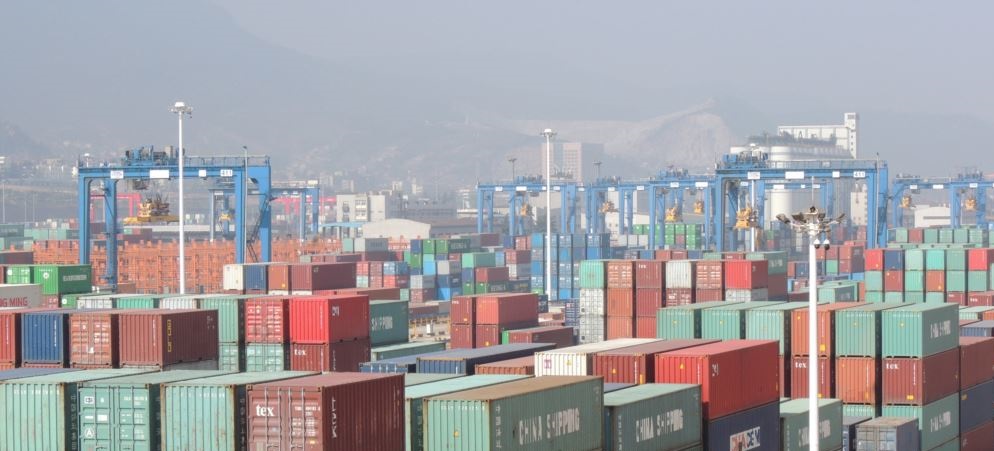 ![]() Exports came out better-than-expected in Octobers as companies hasten shipment to the United States with higher tariffs by next year, which their top trading partner. On the other hand, imports slowed down compared to forecasts while Beijing implements counter-measures to higher tariffs of US next year. The positive readings from China give positive news to boost global demand which has raised concerns to some and the slowest growth of the country since the global financial crisis in the third quarter. A month has passed since US tariffs on Chinese goods implemented starting September 24, reflecting an important escalation in the of escalating trade war. However, analysts see the risk of sharp decline in the US demand for Chinese goods in early 2019 while everybody’s attentions are focused on the president of US and China and hopefully come to an agreement on their meeting this month. Exports in China grew to 15.6 percent last month than a year ago. Customs data shown on Thursday, boosted from 14.5 percent in September, exceeding forecast of analysts by just 11 percent. Nevertheless, Oxford Economics showed a solid growth as it rose astonishingly by 9.9 percent. However, analysts say that export reading will just be transitory given slower export orders for some months.
|
|
|
|
Post by palmfxmart on Nov 12, 2018 20:57:29 GMT -5
BoF Report Shows 0.4 Percent Growth but less than the INSEE Forecast ![]() The economy of France is anticipated to rise by 0.4 percent in the fourth quarter, according to the Bank of France on Monday, where the figures show a steady growth. In the previous month, the INSEE national statistics office anticipate growth 0.4 percent of the French economy in the September quarter, lower than the forecast of 0.5 percent growth. Economists deem that the second largest economy needs to increase by 0.8 percent in the last quarter after achieving the 1.7 percent rate forecast by the government of Macron for the whole year. Moreover, the industrial production demonstrated a sluggish growth in October based on the business climate survey on Monday. The primary reason is the automobile business amid updates in the new industry that affects car production.
|
|
|
|
Post by palmfxmart on Nov 14, 2018 23:02:24 GMT -5
Japan’s Economic Growth Declined in Q3 Amid Trade Tensions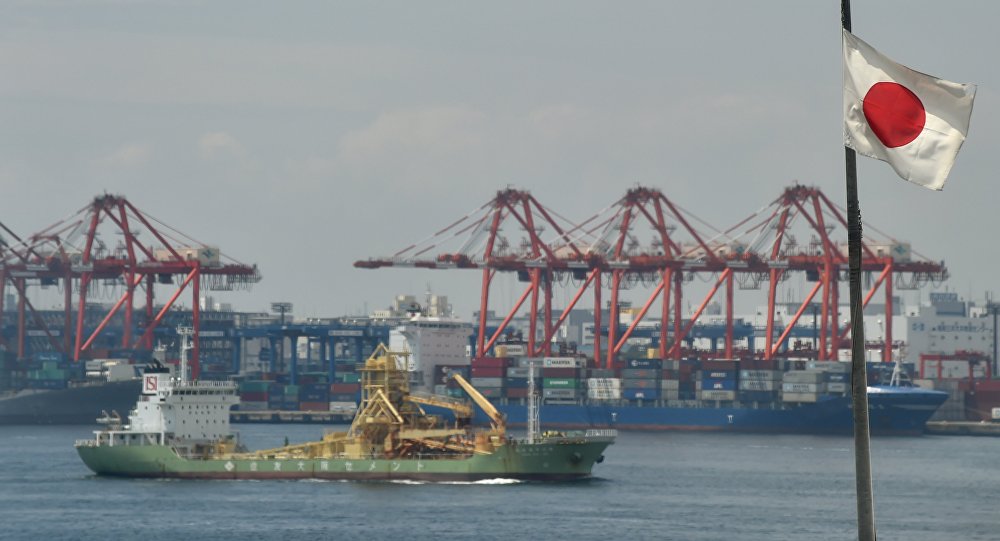 The Japanese economy dropped more than the expected figure in the third quarter because of natural and lesser imports which can be due to the escalating trade protectionism on offshore demand. The decline in number indicates the increasing sign of weakness in the global market as we can see China and Europe losing its ground. Germany is anticipated to be released later in the day which also showed a decline in the previous quarter. The government continues to see that the economy can recover moderately because of typhoons and earthquakes affecting production, as well as consumption. As an economist at Tokai Tokyo Research Center said, “The decline in exports cannot be attributed entirely to the natural disasters”. However, few analysts see that this can’t be because of just a single factor amid the decline in exports and sluggish Chinese demand and effects on increasing global trade friction. The contraction of 1.2 percent in the July quarter for an annual basis, higher than the median estimate decline of 1.0 percent. Previously, it showed a solid growth of 3.0 percent, according to the reports on Wednesday. Fall in exports was primarily due to the 1.8 percent, which was the largest drop over three years. The capital expenditure declined by 0.2 percent after its growth of 3.1 percent in April. This has been the first decline in two years based on the reports. Analysts warn that recovery may be weaker than anticipated and could hamper growth next year when problems on trade conflict worsen.
|
|
|
|
Post by palmfxmart on Nov 19, 2018 2:30:07 GMT -5
Japan Exports Recover in October Boosted by US Automobile Imports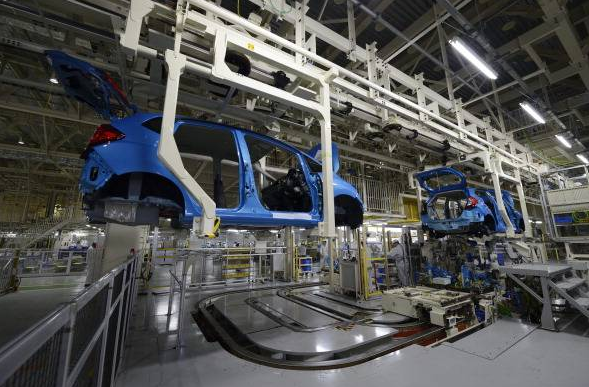 Japan exports recovered in a year to October due to high demand in U.S.-bound car shipments after a sudden drop despite the sluggish global demand and unsettled trade war between the US and China, dimming the outlook for export-reliant Japan. On Monday, the data from the Ministry of Finance showed an increase in exports by 8.2 percent in 12 months to October, less than the 9.0 percent gain forecast from the survey of Reuters. The export grew after a revision of 1.3 percent annual drop in September due to natural disasters disrupting the international airport, the factory output, goods, and inbound tourism. Data on Gross Domestic Product declined lower than expected in the third quarter, stricken by natural disasters and slower exports. While the economy is expected to return to growth this quarter as temporary effects from natural disasters fade, Japanese policymakers remain wary about the overall economic impact of global trade friction and slowing external demand. Although, the momentum is diminishing amid sluggish shipments to Asia because of China’s slowdown, according to the senior economist at SMBC Nikko Securities, Koya Miyamae. “The U.S.-China trade war has not yet had much impact on Japan’s exports, but it warrants attention given that it could cause full-blown effects from next year onwards,” he added. Exports to China increased to 9.0 percent in the year to October driven by automobiles and plastic raw materials after a drop the month before. Meanwhile, shipments to Asia accounted about more than half of Japan total exports grew by 7.3 percent. Exports to the US rose by 11.6 percent in the year to October driven by shipments of cars, estimated to 154,085 and grew by 3.0 percent year-on-year and rose for the first time in five months. The US raised its concern on unfair trade with Japan and China, shipping millions of cars to North America while blocking imports of U.S. autos and farm products. Trade talks between US and Japan are scheduled in September to protect Japanese auto manufacturers from further tariffs on exports with the US representing about two-thirds of $69 billion annual trade surplus.
|
|
|
|
Post by palmfxmart on Nov 20, 2018 21:26:00 GMT -5
Probable Further Decline of Unemployment Rate, says RBA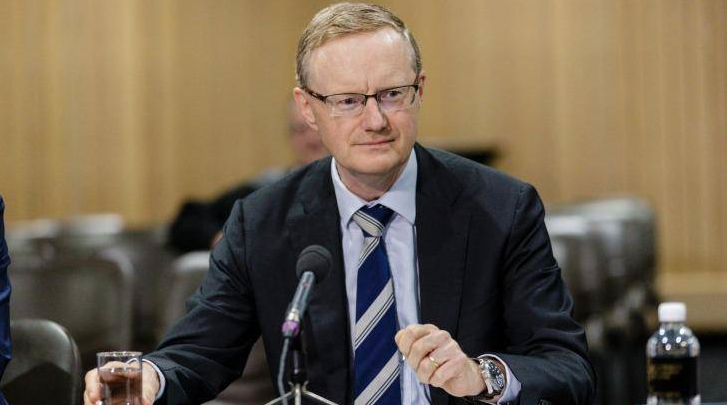 ![]() The Australian unemployment has a chance for a further decline from the current year low of 6.5 without raising the pressure to increase wages, according to the head of the nation’s central bank on Tuesday. The Reserve Bank of Australia’s Governor Philip Lowe mentioned that despite the jobless rate ranges between the two largest states of New South Wales and Victoria with 4.4 and 4.6 percent, there is not enough momentum to raise the annual wage growth. The unemployment rate was recorded to be 5.0 percent with annual wage growth of 2.3 percent. There is a chance to reach the 4.5 percent unemployment without augmenting the wage growth “too much”, he added.
|
|
|
|
Post by palmfxmart on Nov 21, 2018 23:18:05 GMT -5
Slow Korean Export Growth May Affect International Trades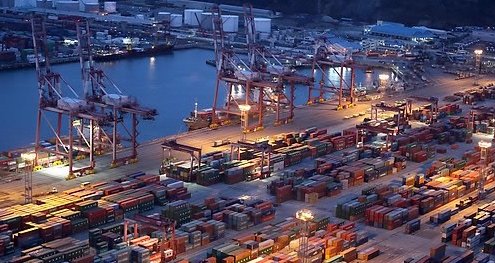 ![]() Exports from South Korea to China has decreased, as well as the shipments of semiconductor that added concerns to the progress of global trade amid the economic conflict between the US and Beijing. The preliminary trade data from the period of November 1 to 20 has shown a decline of 4.3 percent in exports to China, which has been the first decline outside the holiday since late 2016. It follows a decline for seven consecutive months higher than the 20 percent in the early readings. Moreover, the growth of chip exports has also declined to 3.5 percent in comparison to the gains estimated to be at 35 percent for every month from January to September of 2018. This implies a faster decline in the global tech sector where Korea has been the main supplier. The preliminary data did not exactly match the final output to this year with 2017 which may raise a slight concern. In general, exports were recorded to grow by 5.7 percent for the first 20 days of November than last year. In case the whole-moth figure did not turn our positively, this reflects the status of China’s economy in a poor performance since November that is “worrisome”, according to an economist at Meritz Securities Co. in Seoul, Stephen Lee.
|
|
|
|
Post by palmfxmart on Nov 25, 2018 20:59:09 GMT -5
BOJ Dimmed Economic Outlook Needs Stimulus to ReachTarget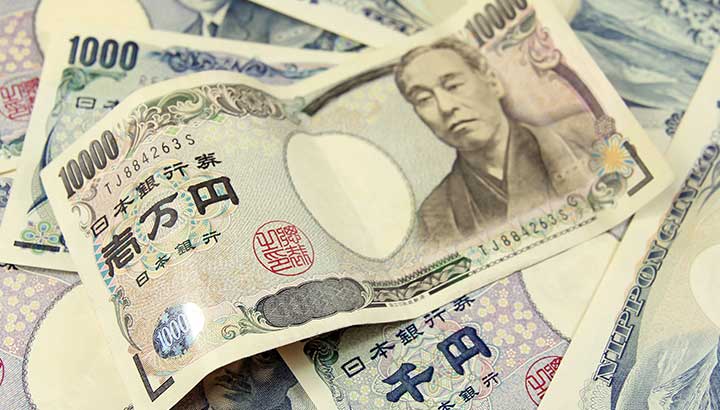 The annual core consumer inflation of Japan remained the same in October from September as companies hold price hikes amid the weakened household spending. It also shows that there is not enough momentum to reach the 2 percent target of the central bank. Moreover, the nation’s core consumer price index, excluding volatile food costs, grew to 1.0 percent in October from 12 months earlier based on the government data on Thursday, which is in line with the median market forecast. The central bank of Japan might have a hard time in reaching price growth amid the global trade frictions and sluggish Chinese demand that dims the outlook being an export-reliant country and half of the profits were covered by driven by higher energy costs. For three consecutive months, the inflation was recorded to have grown by 0.4 percent in October based on an index excluding the effect of both fresh food and energy costs. The chief economist at Norinchukin Research Institute, Takeshi Minami, said that it may take a while to reach the BOJ target. BOJ Governor Haruhiko Kuroda reassures that they will be patient to keep the massive stimulus program as inflation is still far from the target. Despite the unexpected side-effects of dropping financial institutions’ profits of almost zero interest rates for years, the central bank will likely keep the stimulus and weakened inflation might affect solid economic growth and lead to higher prices. Further worsening of negative impact on the stimulus, the BOJ will focus on inflation as the main policy consideration.
|
|
|
|
Post by palmfxmart on Nov 26, 2018 21:10:53 GMT -5
China’s Economic Growth Slower Forecast Next Year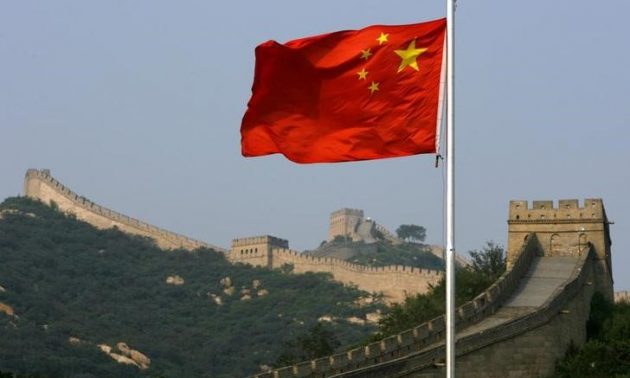 The economic growth forecast of China is anticipated to reach 6.6 percent in 2018 and get slower by 6.3 percent next years as the country is faced with obstacles related to trade and structural reform, according to a report from Renmin University. The forecast from the China Academy of Social Sciences news is still in line with Reuters figure of 73 economists last month amid the worsening tension on the trade war with the United States. Yet, the country might still struggle even if the trade tension gets settled as described by Renmin University’s School of Economics. Moreover, there will be worsening global trade environment, the decline of export growth and depreciation of the currency. The GDP growth rose to 6.5 percent year-on-year in the third quarter, which was the slowest growth since 2009. Beijing attempted to boost lending of commercial banks to private companies to minimize financial problems. Short-term actions will no be an easy strategy to solve downward economic pressure on China Latest policies are expected to prevent downward growth next year although, there is a need for a reform in the structure of the supply. Next year will be significant to restructure China’s economy to long-term transition which will be a better growth model. The report says that imports will likely rise to 16.1 percent compared this year’s growth of 6.1 percent with goals of rebalancing China’s foreign trade. Consumer spending is also anticipated to increase by 9 percent next year, surpassing the overall growth.
|
|
|
|
Post by palmfxmart on Dec 4, 2018 21:22:23 GMT -5
RBA Kept the Rates at a Record Low Amid Positive Economic Outlook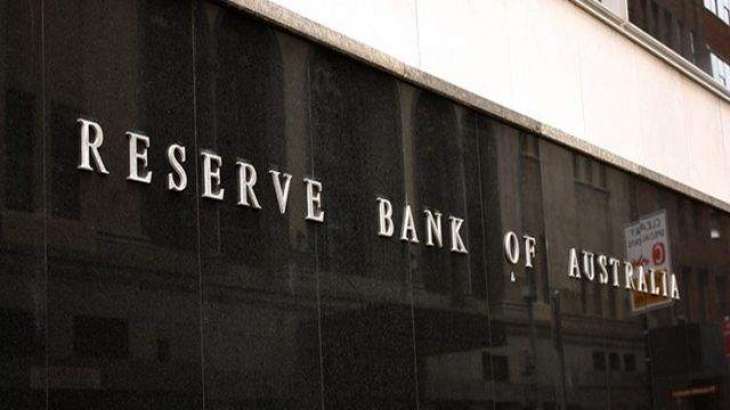 The Reserve bank of Australia maintained the rates at a record low on Tuesday which gives a positive look on the domestic activity prior to the data, which demonstrates growth more than 3 percent in the previous quarter. RBA governor Philip Lowe sees the economy is to be “performing well” despite the assumption of reduction in unemployment. The decision of RBA is in line with the expectations as they keep the cash rate at 1.50 percent that was last reduced on August 2016 as policymakers wait for a recovery of the growth, as well as, its inflation. However, as the consumer prices remain rather calm which prompted the RBA to have a steady growth for the past two years and it seems that there is no rush for the policymakers to tighten the rates. The markets are not pricing the rates until 2020. Lowe anticipated the unemployment to lessen and chances for inflation to return to targets, although this will be in a sluggish manner. However, household consumption brings uncertainty on the outlook amid weaker income but debts remain high. A few economists assume that the sluggish wage growth of 2 percent and careful spending of consumers may affect negatively the economy. The GDP data to be released on Wednesday is anticipated to increase by 0.6 percent in the September quarter compared to the previous three months growth of 0.9 percent. Meanwhile, the annual growth is probably 3.3 percent compared to the former sluggish growth of 3.4 percent in the last quarter.
|
|
|
|
Post by palmfxmart on Dec 6, 2018 21:16:17 GMT -5
BoC Next Rate Hikes are Uncertain as Canadian Dollar Slumps to 18-month Low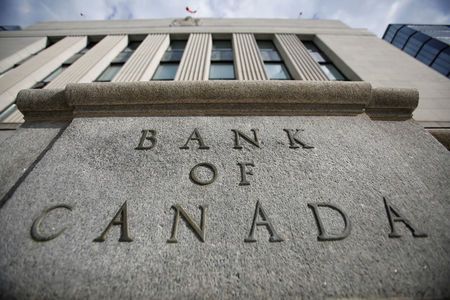 The Bank of Canada maintained the interest rates on Wednesday which is already expected and signals gradual future rate hikes. It pushes the Canadian dollar as low as 18-month low that would affect market expectations on another rate hike next month. The central bank has raised their rates five times since July 2017 amid the strengthening of the economy that requires monetary tightening in reaching the target 2.0 percent inflation. Yet, there are downward revisions on growth data from Statistics Canada along with the recent macroeconomic developments. This may mean there is another possibility of non-inflationary growth which can also mean that the economy has not reached the limit as initially thought. The possibility of a rate hike decreased from an estimated of 60 percent prior to the 36 percent based on the overnight index swaps market. A higher change in the next move will lengthen the period that also lessens the possibility for a January rate hike, according to the senior rates strategist at TD Securities, Andrew Kelvin. Overnight interest rate of the bank is at 1.75 percent that is lower than the “neutral” rate of 2.5-3.5 percent. Similarly, the monetary policy is not aggressive or accommodative. The bank remarked that the “Governing Council continues to judge that the policy interest rate will need to rise into a neutral range to achieve the inflation target”. Inflation forecast will be lower in the next month than the former forecast as gasoline prices decline. Yet, the Canadian economy is still in line with the anticipations for the third quarter but momentum will be lesser in the last quarter.
|
|
|
|
Post by palmfxmart on Dec 10, 2018 21:41:05 GMT -5
EU’s Investor Morale Plunged to a Four-year Low in December Eurozone’s investor morale plunged to a four-year low in December given the trade conflict. Italy’s budget along with the Brexit plan between the EU and Britain resulted in a decline in sentiment, according to the survey on Monday. Results from the Sextic research group shown a drop in investor sentiment index to -0.3 from 8.8 in November, which was the lowest level since December 2014 and the fourth straight monthly drop. The outcome has exceeded expectations to 8.1 decline. Meanwhile, the sub-index at present situation declined to 20.0 from 29.3 in November compared to the forecast of -18.8 from -9.8 the previous month. The Sentix managing director, Manfred Huebner, see that there is no optimism given the present global condition and recalling the 2008 financial crisis. The ECB is planning to end the billion-dollar government bond purchases as the economy declines at an average pace that puts pressure on politicians and central banks, he added. Another index on investor morale in Germany shows a decrease to 7.2 from 15.6 in December which can be deemed as ‘loss of momentum’ with concerns on US tariffs weaker Chinese car sales.
|
|
|
|
Post by palmfxmart on Dec 19, 2018 22:11:02 GMT -5
Fed Raise Rates in December 2018 Reduces Hikes Next Year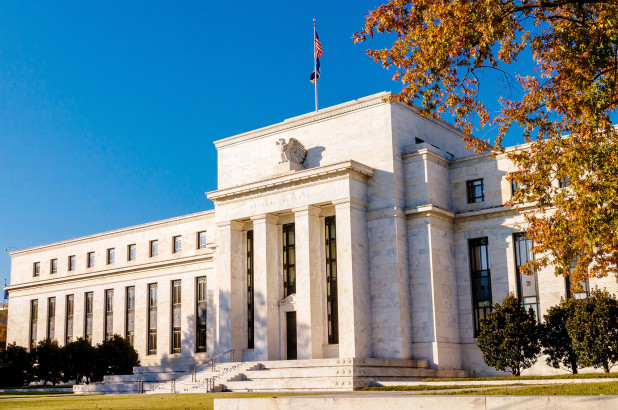 The US Federal Reserve is anticipated to increase the interest rates on Wednesday but will reduce its rate hike forecast next year. At the same time, this signals the halting of the monetary policy ahead of time, amid the volatility in the financial market and rising concerns of a recession. The central bank is scheduled to announce their decision on interest rates at 14.00 EST (19.00 GMT) after the last two-day policy meeting in 2018. An hour later, Fed chairman Jerome Powell is anticipated to give its speech on a press conference. Investors expect for higher interest rates by a quarter of a percentage point, ranging between 2.25 percent and 2.50 percent, which would be the fourth rate hike this year and the ninth since tightening of policies since December 2015. The monetary tightening of Fed is believed to push the US economy higher that has been moving sluggishly at an unsustainable rate. Yet, this would spike a concern on the White House recalling that the US president Donald Trump has been attacking the US central bank for the not performing well to boost the economy. On Tuesday, a warning was heard from President Trump saying to avoid “another mistake.” Fed policymakers seem to be changing the previous forecast of three more rate hikes this year considering various factors such as the decline of oil, as well as the economic growth of both Europe and China. Moreover, there is the $1.5 trillion tax cut program from Trump administration, which is anticipated to contract. Given the fresh economic forecast and the policy statement soon to be released may suggest two rate hikes according to economists. Traders even think that the Fed may not even be able to execute one hike at the very the least.
|
|
|
|
Post by palmfxmart on Jan 16, 2019 23:34:16 GMT -5
Britain Will Exit European Union on March After Losing Votes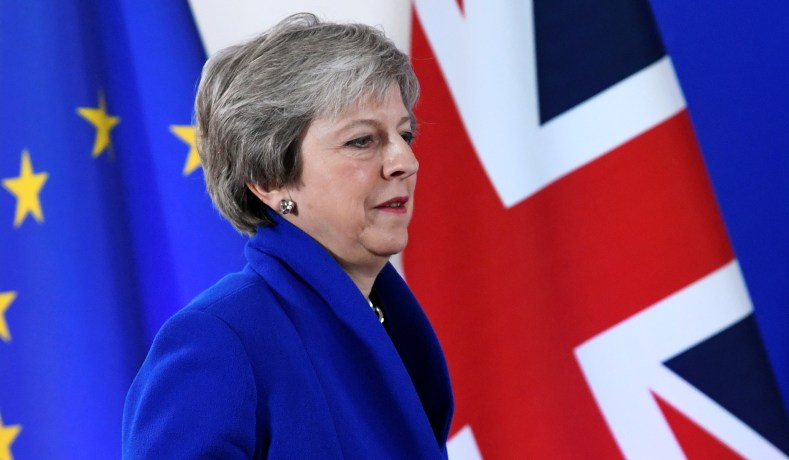 ![]() According to Prime Minister Theresa May, Britain will leave the European Union on 29th of March 29th. This can only be reversed and accepted by the bloc if there is another agreement to extend the ‘Article 50’ negotiation. She mentioned after the proposed Brexit deal was rejected by a large difference in the number of votes.
|
|
|
|
Post by palmfxmart on Jan 24, 2019 21:31:20 GMT -5
Japan’s Manufacturing Sector Drops in January following Exports DeclineIn anticipation of the next meeting of the European Central Bank (ECB), which will be held this Thursday, the euro will remain under pressure. 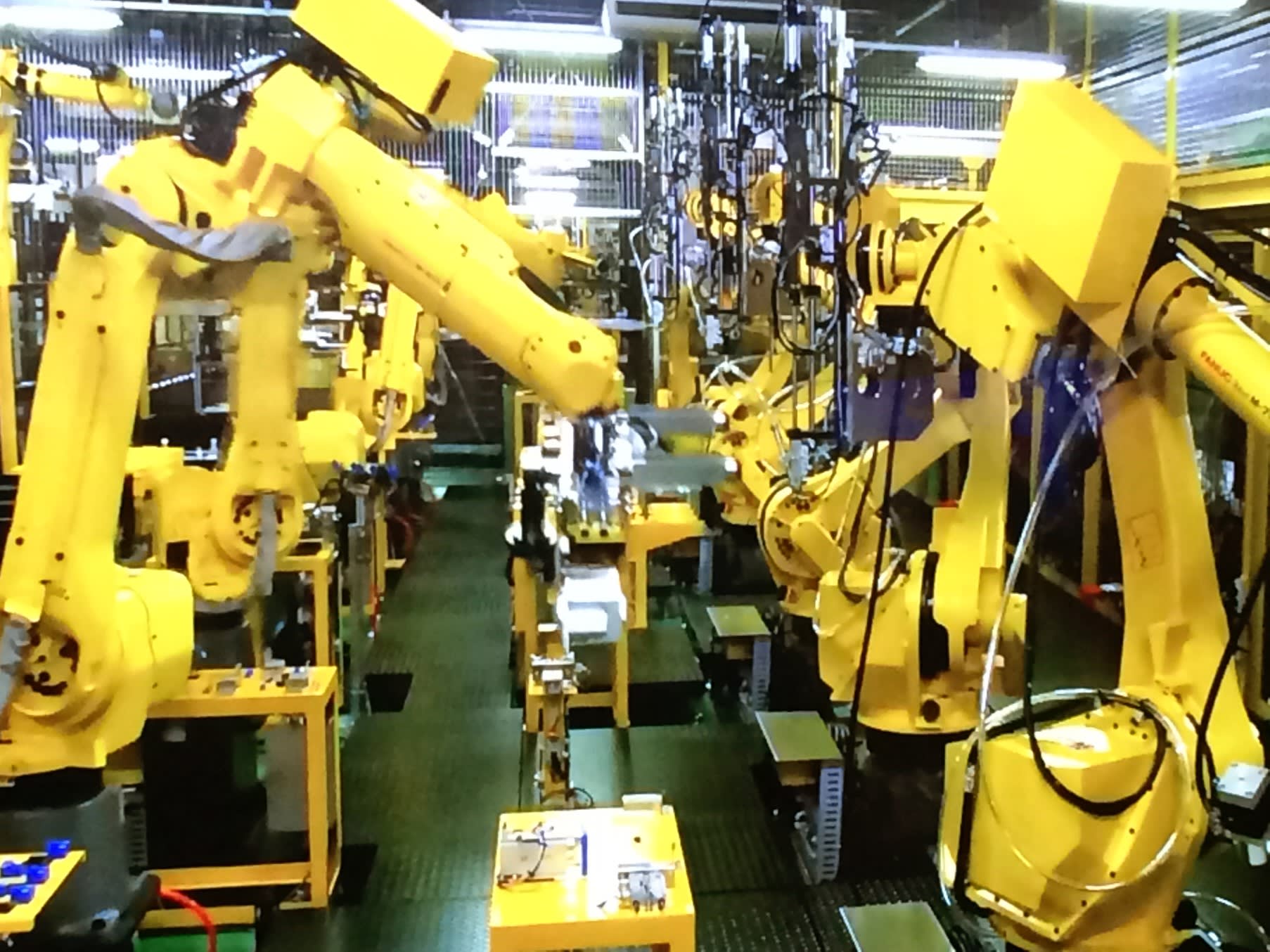 ![]() Export orders dropped at the fastest rate in Japan in over 2 years, resulting in a hampered growth of the manufacturing sector. Companies also reduced production, according to the preliminary business survey on Thursday. Japan ranking third as the biggest economy is likely to have rising concerns about sluggish growth with the continuous China-US trade war. Possibility dropping to a recession increases for this year amid the cooling demand domestically and globally and another planned tax hike in October based on last week’s poll of Reuters. The Manufacturing Purchasing Managers’ Index (PMI) by Flash Markit/Nikkei shows a decline to 50.0 in January on a seasonally adjusted basis from the final figure of 52.6 in December. The 50 mark separates improvement from a decline on a monthly basis. With a steeper decline in export orders, manufacturer’s reduced production for the first time since July 2016. Over six years, the business confidence remained in a positive area. The pessimistic outlook in the manufacturing sector promotes nearing growth period for two and a half year, according to an economist at IHS Markit, Joe Hayes. New orders, being a top indicator of future trading, proposes a weakened activity in the coming months. Total new orders expected the decline to 46.1 from 49.1 in December, which was the steepest rate of decline since July 2016. On Wednesday, the exports data of Japan was the biggest drop in more than two years. Moreover, the rising concern in the Sino-US trade war affects the supply chain on both ends of the Pacific, especially electronics, considering Japan as export led industrialization that is sensitive to global demand changes. The BOJ reduced the inflation forecast and sustained massive stimulus policy on Wednesday with rising pressure on the economy and putting at risk to yield sustainable growth. At the same time, the International Monetary Fund revised lower its global growth forecast. Similarly, China also showed the weakest growth in almost 30 years and presumed to further cool down this year.
|
|
|
|
Post by palmfxmart on Feb 13, 2019 0:25:59 GMT -5
BoE Governor Mark Carney Warns the Risk of Disturbing Global “Delicate Equilibrium”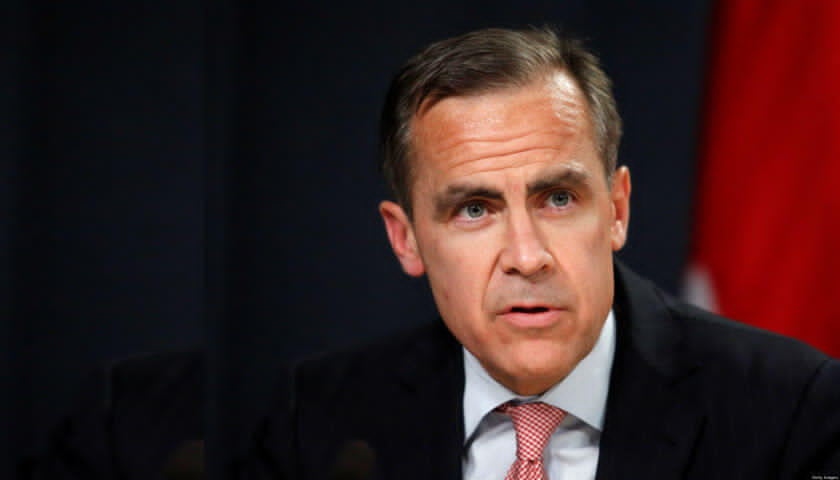 ![]() Bank of England Governor Mark Carney expects a steady slower pace economic growth globally but concerns on trade war and rising protectionism can affect the “delicate equilibrium”. He mentioned a jump on tighter monetary conditions, due to increasing policy rates, and trade tensions to be the reasons for the recent sluggish growth in the global economy. An increasing debt in China and new barriers to global trade gives an important and “growing” risk to the outlook of the world economy with protection already giving a blow in the market, according to Carney in a speech on Tuesday. He raised the question if the global expansion since 2010 starts to recede amid the “ confluence of the current broad-based slowdown and outstanding downside risks”. Although there are risks on declining world economic growth, considering both the policy procedure and uncertainty in “advanced economies” opens the chance for stability in the future with its “ new and modest trend.”. Notably, he said, “But this is a judgment, not a guarantee. The world is in a delicate equilibrium.” Carney described that it is not easy not to triumph in a trade war in association with the words said by US president Trump saying, “good, and easy to win”. Nonetheless, he reckoned that everybody is looking for a “solution” that benefits all. Britain leaving the EU is set on March 29 without a deal. The only chance for this to turn around is if Theresa May can persuade the bloc to amend a divorce deal in November and then win the approval of wary policymakers in Europe.
|
|